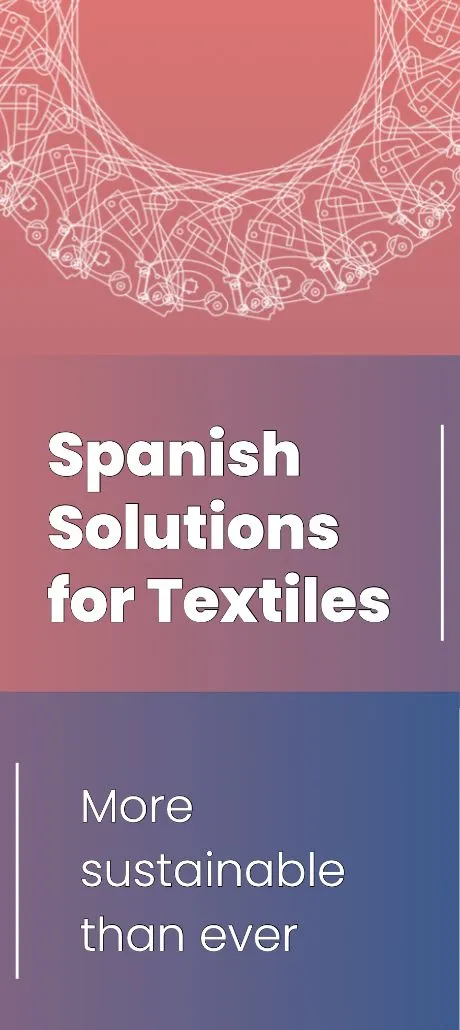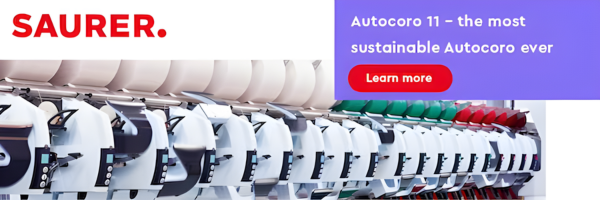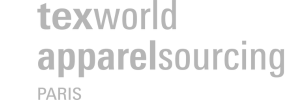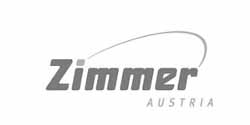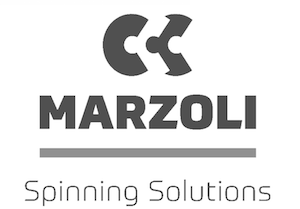Morocco’s textile and clothing sector continues to demonstrate measured resilience, maintaining its 8th position among EU sourcing partners with a 7% year-on-year export growth in 2025. However, recent data underscore the need for structural transformation and value-added innovation to remain competitive in a rapidly evolving global textile landscape.
According to Eurostat and Morocco’s Foreign Exchange Office, textile and apparel exports to the European Union reached €881.7 million by April 2025. While this marks a positive trajectory, it significantly lags behind Asian competitors:
- China: €7.88 billion (+24%)
- Bangladesh: €7.54 billion (+25%)
- Cambodia: +45% growth since 2023
Overdependence on Spain and Uneven Market Performance
Morocco’s export dependency on Spain remains stark, with €526.1 million worth of exports heading to the Spanish market by April 2025 — a 13% increase, accounting for over 50% of total EU-bound textile exports. In contrast, several traditional European markets are in decline, including:
- France: -4%
- Benelux: -17%
- Italy: -14%
On a brighter note, exports to Germany grew by 24%, and Portugal rose by 27%, offering signs of market diversification.
Product-Level Disparities
Product-specific data reveal mixed performance. Labor-intensive items such as:
- T-shirts: +2%
- Dresses: +3%
…outperformed trousers (-11%) and pullovers (-17%), suggesting that Morocco’s industry is only partially adapting to shifting market demands.
Strategic Partnerships and Industrial Upgrading
A pivotal moment came on June 18, when Morocco’s textile association AMITH met with Hugo Boss CEO in Metzingen, Germany. The luxury brand expressed interest in expanding its sourcing footprint in Morocco — contingent upon partners meeting “high standards of quality, traceability, and performance.”
This signals a broader opportunity for Morocco to reposition itself as a quality-driven, nearshore production hub for Europe, especially in premium and fast-fashion segments.
Trade Tensions with Turkey and Need for Policy Reform
Meanwhile, Morocco’s textile trade deficit with Turkey nears $3 billion, sparking policy responses. The government has imposed 90% customs duties on specific Turkish textile goods and is negotiating updates to the 2006 Free Trade Agreement to rebalance trade flows and target $5 billion in mutually beneficial exchanges.
Looking Ahead
Industry leaders stress that Morocco must evolve beyond cost-based competitiveness. The future lies in:
- High-value production
- Deeper integration into global supply chains
- Market diversification and innovation
- Sustainability and traceability compliance
Without strategic reforms and investment in capabilities, Morocco risks losing ground in an increasingly demanding global market.


